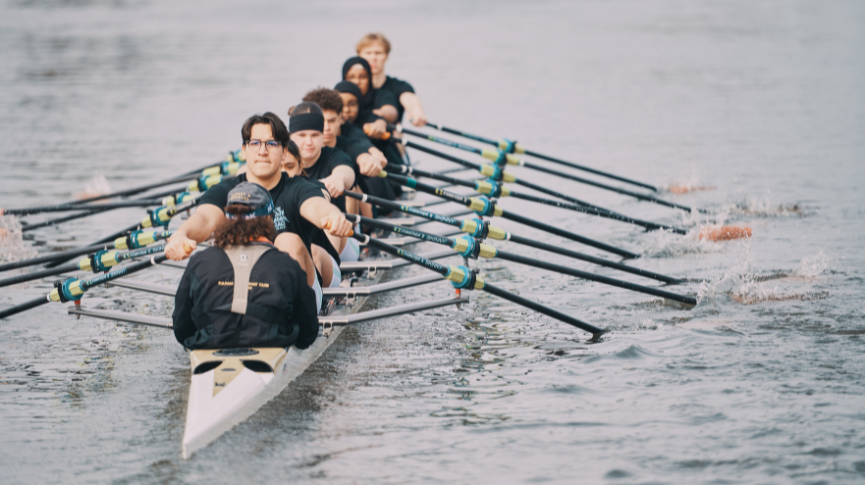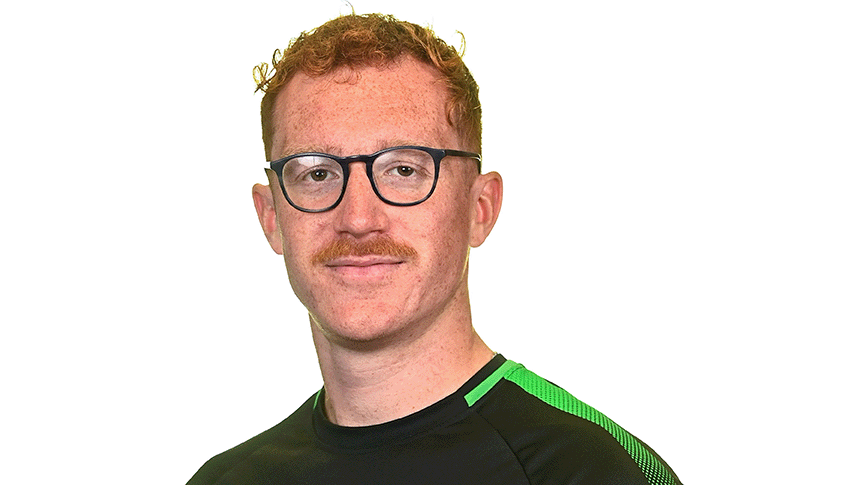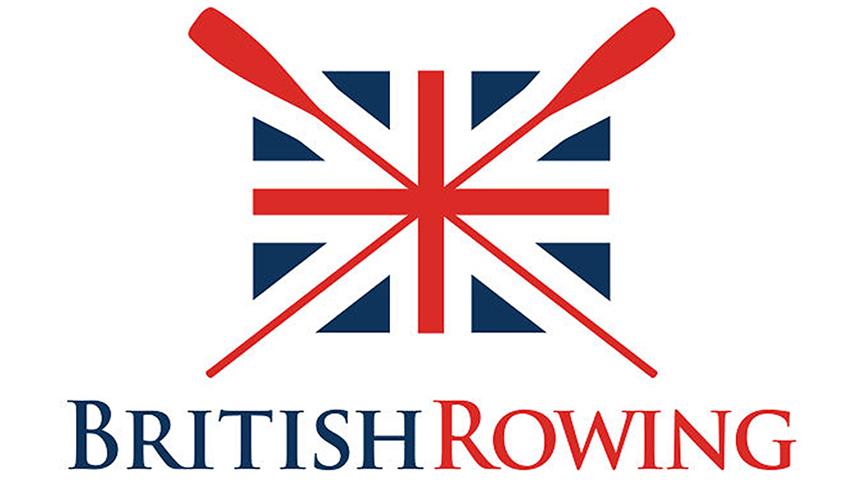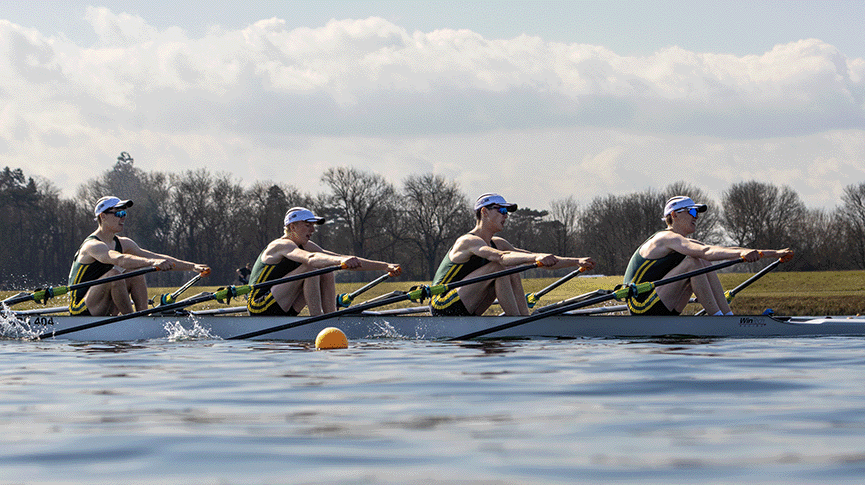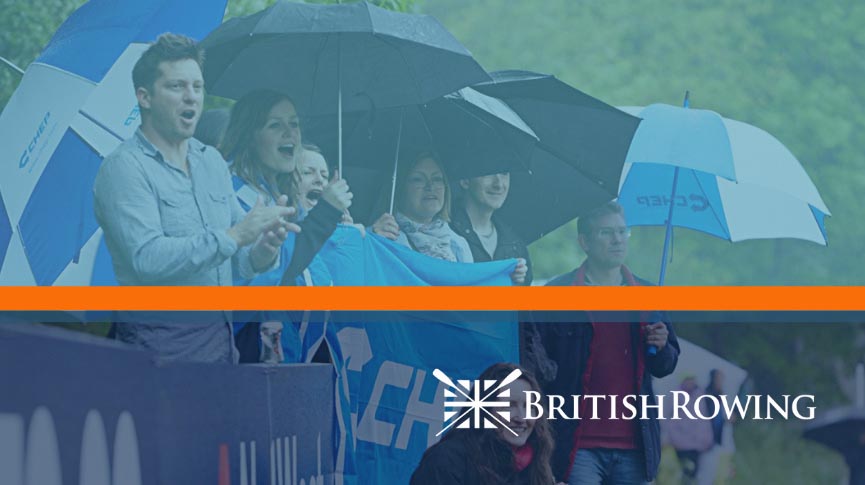Rowing physique and performance
How does your physiology meet the demands of rowing performance? The GB Rowing Sports Science Team explains
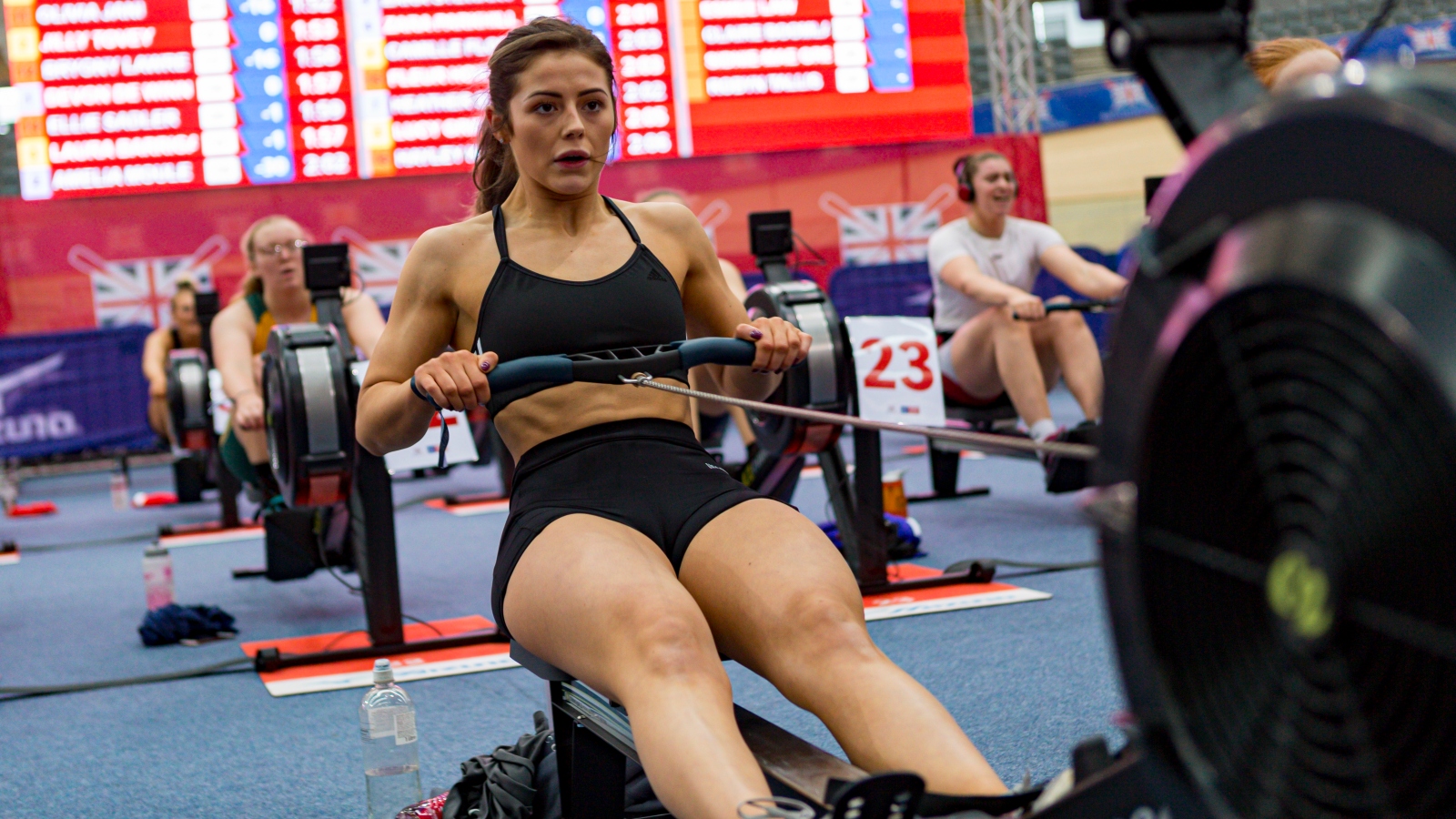
Racing at BRIC 2019 (c) Drew Smith
Racing over 2,000m requires maximal effort – but you already knew that!
Several studies have attempted to compartmentalise rowing performance by energy system contribution. Although there is a general trend of ~70 per cent aerobic and ~30 per cent anaerobic*, there are also differences, associated with gender, performance level as well as the individual characteristics in physiology due to genetic predisposition and training. This basic explanation of rowing fails to highlight the extreme physiological demands of the various segments within a race. How you fulfil the requirements can be individual, and can change during the performance.
In a 2km or 5km race, the early portion is dominated by anaerobic pathways as the aerobic system requires time to initiate. As its contribution increases, the limited non-aerobic contribution declines. Maximal aerobic effort is generally reached towards the end of the second minute.
Additional power is provided by non-aerobic pathways until the final push where, depending on pacing, aerobic metabolism is maintained – or reduced – and anaerobic metabolism spends its remaining pennies.
You can take the highway or the backroads [to success]
The actual percentages have been left deliberately vague as individual contributions will vary, although the overall pattern will generally remain the same.
Probably the main differences between rowers will be in the speed of aerobic increase during the first 250m, and the degree of anaerobic contribution during the middle 1,000m.
Energy supply can change due to the different demands placed on athletes during a race. Endurance capacity and its influence cannot, however, be underestimated.
All successful rowers have impressive aerobic engines, and individual differences are relatively small – unlike the physiological difference between Mo Farah and Usain Bolt, for example.
Check more science!
Wearable training devices - click here to find out what you need to know.
In order to train for this distribution of effort, many elite programmes favour high volume and (mostly) low intensity work. This is due to the dominant contribution from the aerobic pathway that this model of training targets, while it is also a reliable method and provides continued rewards throughout an athlete’s career. Spending too much time developing the less dominant, ultimately more limited anaerobic systems, may provide short-term success at the expense of long-term improvement.
All successful rowers have impressive aerobic engines
From personal experience, it is clear that those who have (1) the ability to get the most out of a (2) large and (3) economical aerobic system have featured heavily within the GB squad, with subtle differences between these three components.
However, as a very successful GB chief coach once said to me: “You can take the highway or the backroads [to success],” suggesting that those without all of the ‘big three’ can still be successful by maximising the ones they have, and combining them with other attributes, be they physiological or technical.
* Shephard, RJ (1998) Science and medicine of rowing: a review. Journal of Sports Sciences, 16, 603-620
This article was written by Dr Mark Homer, former Sport Scientist – Physiology at British Rowing



